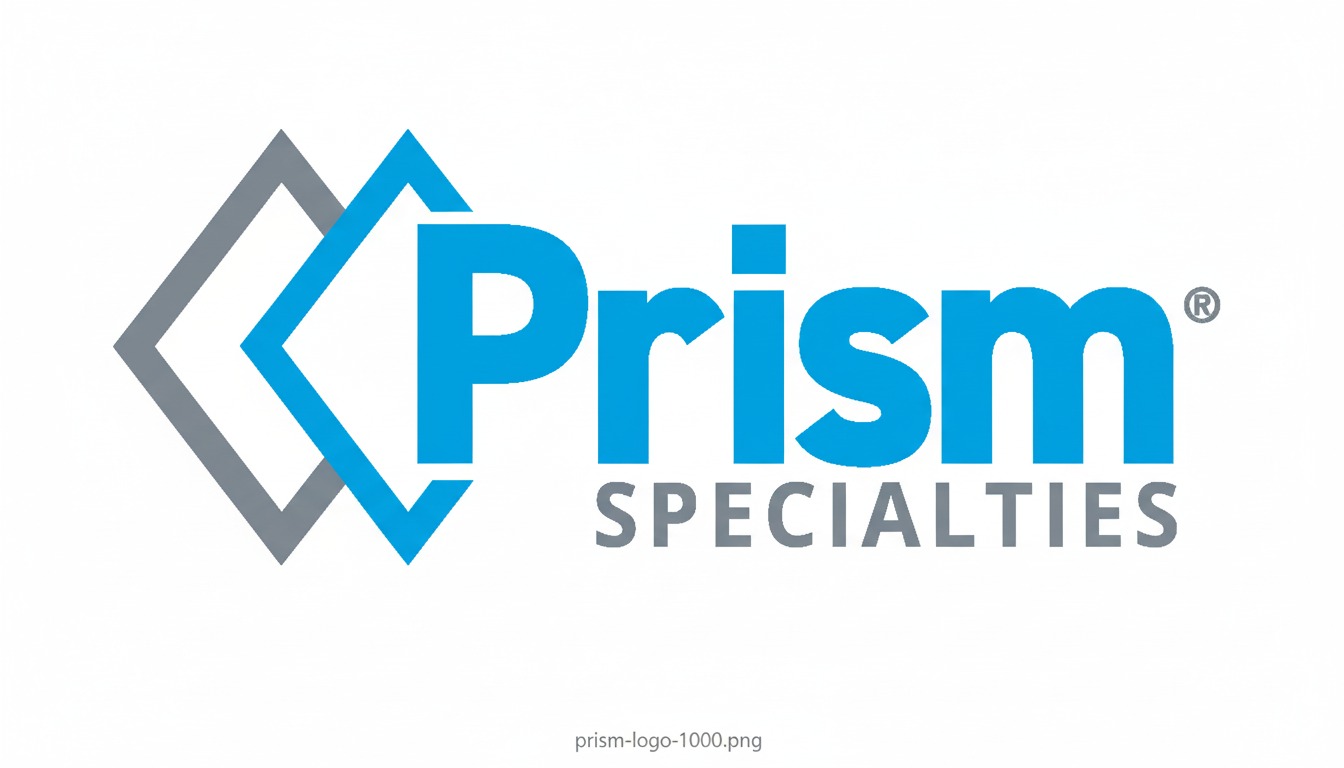1. 🚨 Immediate Stabilization
Stop further damage immediately. Remove from water or contaminated environment. Handle minimally to prevent additional damage.
2. 🧤 Use Proper Protection
Wear clean gloves when handling damaged documents. Avoid direct skin contact, especially with water-damaged or contaminated papers.
3. 📸 Document Current Condition
Photograph all damaged documents before attempting any recovery. This provides backup and insurance documentation.
4. 🏥 HIPAA-Compliant Handling
Use secure chain of custody for medical documents and sensitive information. Maintain confidentiality throughout recovery process.
5. 📄 Prioritize Critical Documents
Identify most important documents for immediate attention: birth certificates, passports, insurance policies, medical records, legal documents.
6. 🏢 Professional Assessment
Determine which documents require professional restoration vs. replacement. Some may be more easily and securely replaced than restored.
7. ❄️ Freeze if Wet
For water-damaged documents that cannot be immediately processed, freeze in plastic bags to prevent mold growth and further deterioration.
8. 🌬️ Air Dry Carefully
For documents being dried immediately, separate pages and lay flat on clean, absorbent surfaces. Change drying materials frequently.
9. 📋 Create Recovery Inventory
List all documents being recovered, their condition, and recovery priority. Include document types, issuers, and replacement procedures.
10. 🔄 Begin Replacement Process
For critical documents that cannot be restored, begin replacement procedures immediately. Contact issuing agencies for replacement requirements.
11. 🔒 Secure Storage
Store recovered and replacement documents in secure, climate-controlled environment. Consider fireproof safes or safety deposit boxes.
12. 💾 Digital Backup Creation
Create secure digital copies of all recovered and replacement documents. Store in multiple secure locations including cloud storage.
